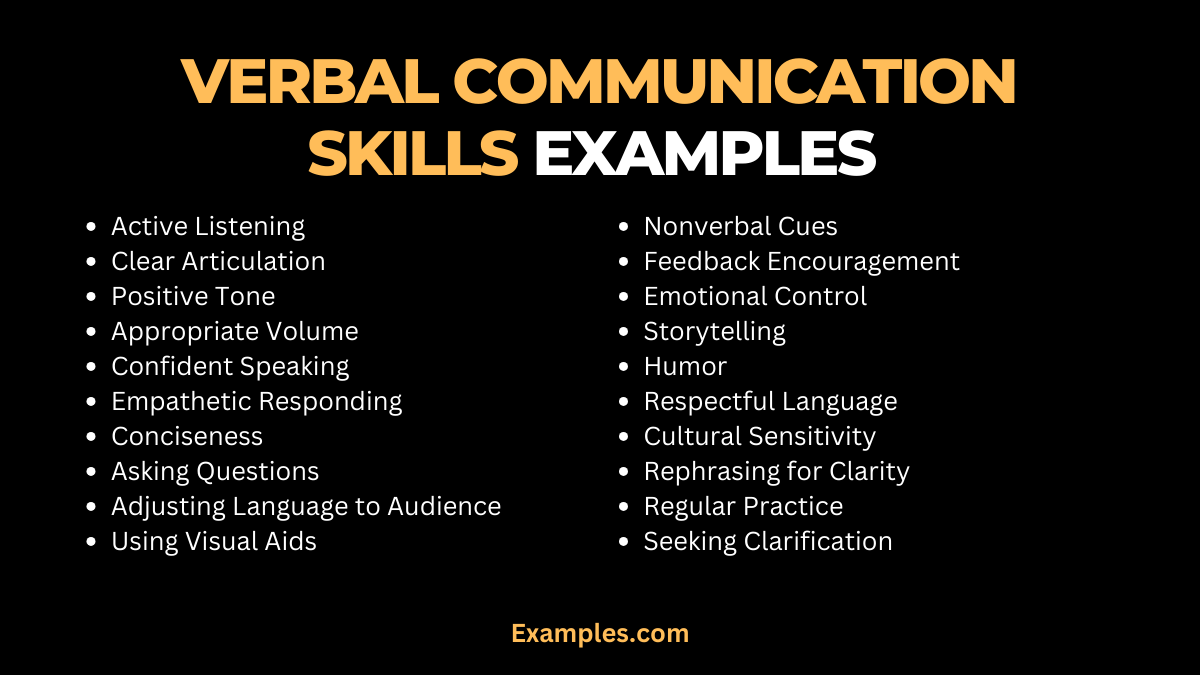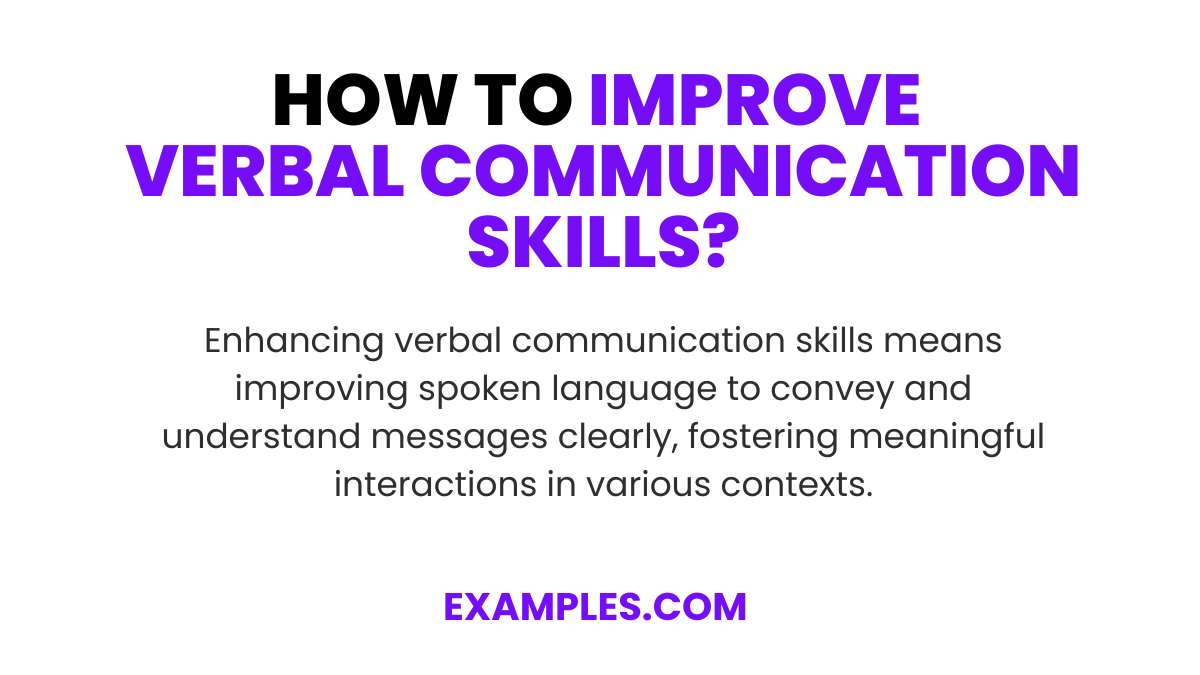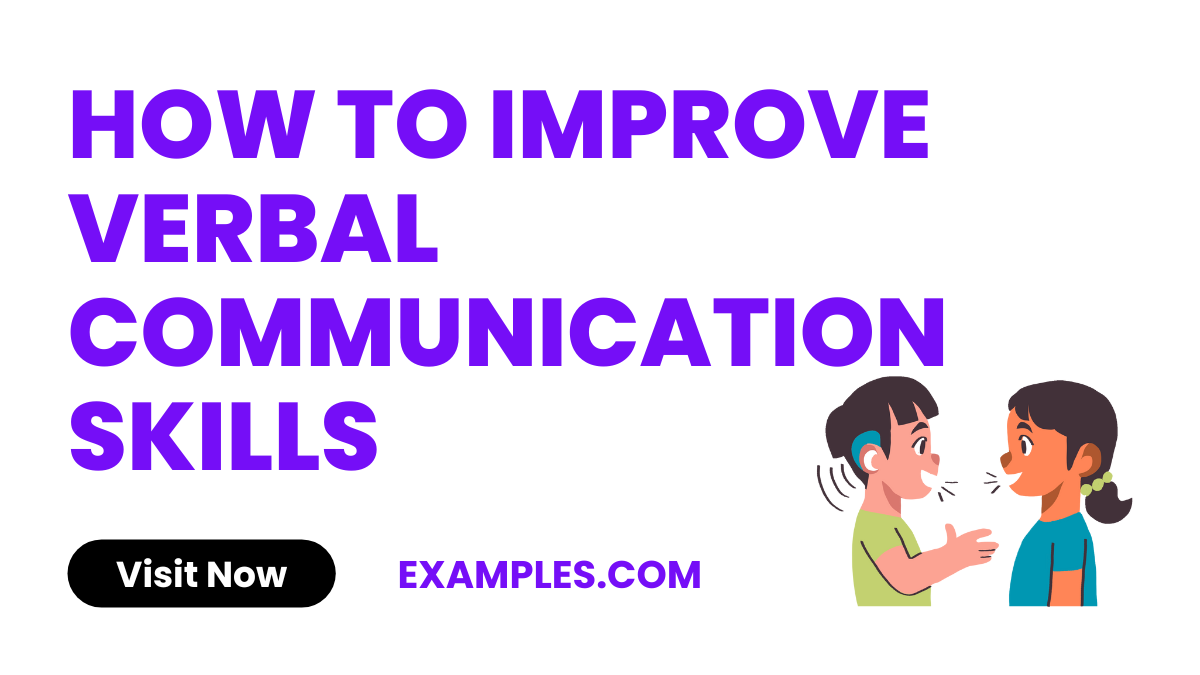How To Improve Verbal Communication Skills In The Workplace
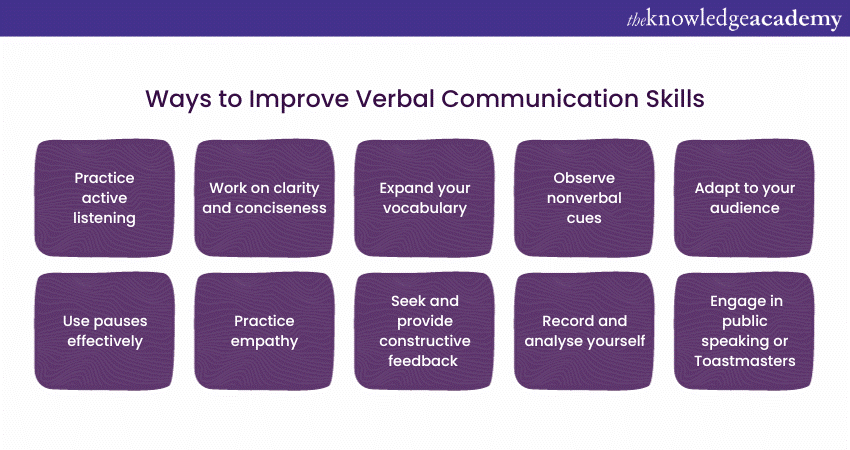
Communication breakdowns are costing businesses dearly. Experts reveal actionable strategies to immediately enhance verbal communication skills in the workplace.
Effective verbal communication is no longer a 'nice-to-have'; it's a business imperative impacting productivity, morale, and ultimately, the bottom line. This article provides a practical guide to fostering clear, concise, and impactful communication across all levels of your organization. Learn how to improve interactions, reduce misunderstandings, and cultivate a more collaborative and efficient work environment, starting today.
Mastering Active Listening
Active listening is the cornerstone of effective verbal communication. It's about truly hearing and understanding what your colleagues are saying.
Put away distractions. According to a recent study by the University of California, Irvine, it takes an average of 23 minutes and 15 seconds to fully refocus after an interruption.
Practice empathy by trying to see things from their perspective. Summarize their points to ensure you understand correctly.
Cultivating Clarity and Conciseness
Avoid jargon and technical terms that your audience may not understand. Get straight to the point.
Structure your thoughts before speaking. A clear, logical flow makes it easier for others to follow your message. Use the STAR method (Situation, Task, Action, Result) when describing projects or situations.
A 2023 survey by Grammarly Business revealed that employees spend an average of one hour per day clarifying miscommunications, highlighting the critical need for concise messaging.
Harnessing Nonverbal Communication
Your body language speaks volumes. Maintain eye contact to show engagement.
Pay attention to your posture and tone of voice. Project confidence and sincerity, even if you're feeling nervous.
Mirroring body language, subtly matching another person's nonverbal cues, can build rapport and trust, as shown in research by Dr. Albert Mehrabian, though the specific percentage often quoted (7-38-55 rule) is widely debated and shouldn't be taken literally.
Giving and Receiving Feedback Effectively
Frame feedback as constructive criticism. Focus on specific behaviors and their impact, not on personal characteristics.
Be open to receiving feedback yourself. Ask clarifying questions to fully understand the other person's perspective.
The Center for Creative Leadership emphasizes the importance of regularly soliciting and providing feedback to foster growth and development within teams.
Utilizing Technology Wisely
Choose the right communication channel for the message. A complex issue may be better addressed in a face-to-face meeting or phone call, rather than an email.
Be mindful of your tone in written communication. Sarcasm and humor can easily be misinterpreted in emails and instant messages.
Tools like Slack and Microsoft Teams can facilitate real-time communication, but they should be used strategically to avoid overwhelming employees with notifications.
Promoting a Culture of Open Communication
Encourage employees to speak up and share their ideas. Create a safe space where people feel comfortable expressing themselves.
Implement regular team meetings and check-ins to facilitate open dialogue. Lead by example, demonstrating clear and respectful communication in your own interactions.
Google's Project Aristotle found that psychological safety, the belief that one will not be punished or humiliated for speaking up with ideas, questions, concerns, or mistakes, is the most important factor in creating a high-performing team.
Next Steps
Implement these strategies immediately by scheduling communication skills training for your teams. Regularly assess communication effectiveness through employee surveys and feedback sessions. Prioritize consistent application of these principles for sustained improvement in workplace interactions.


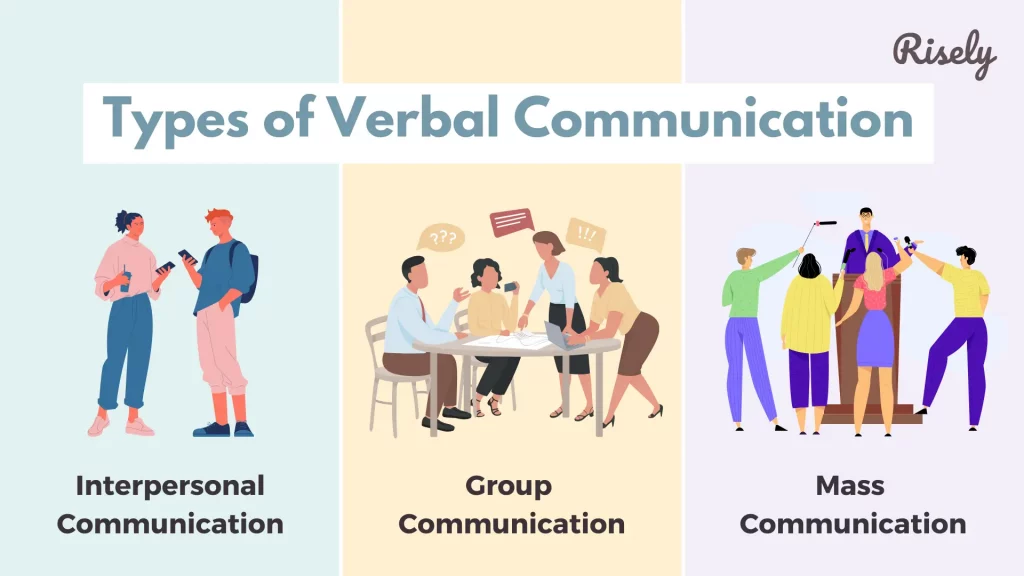
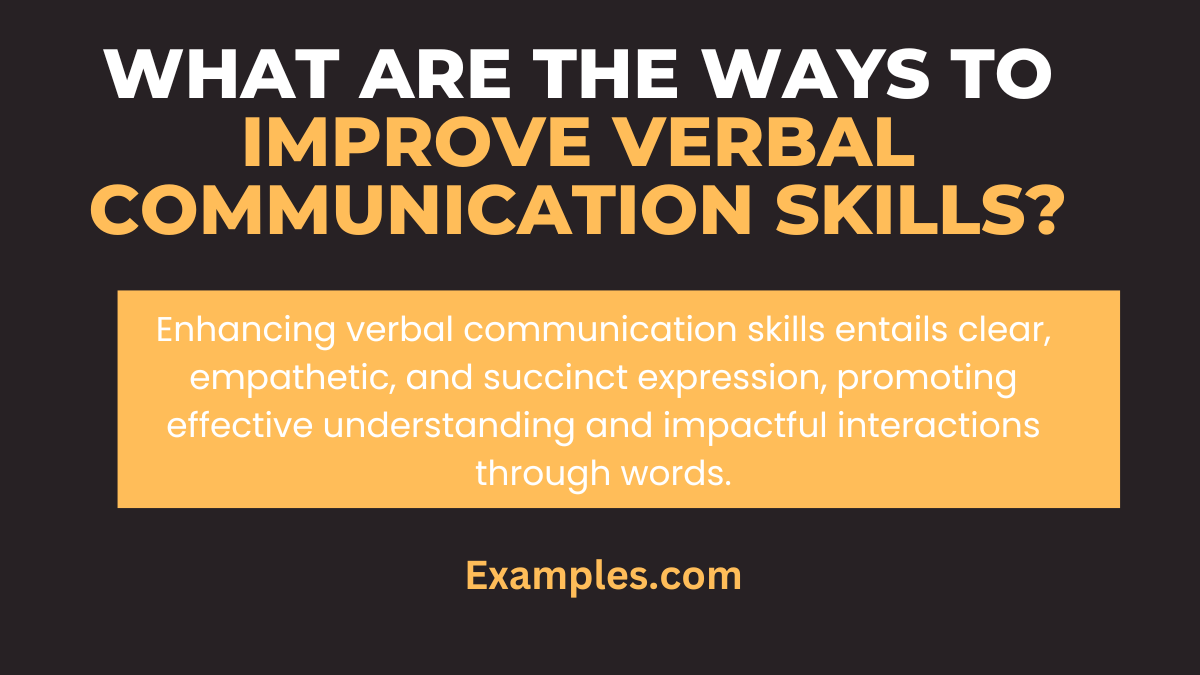

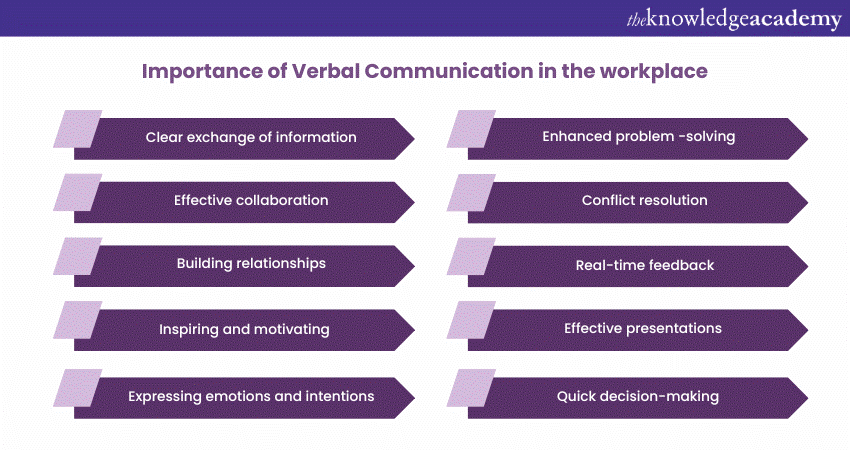


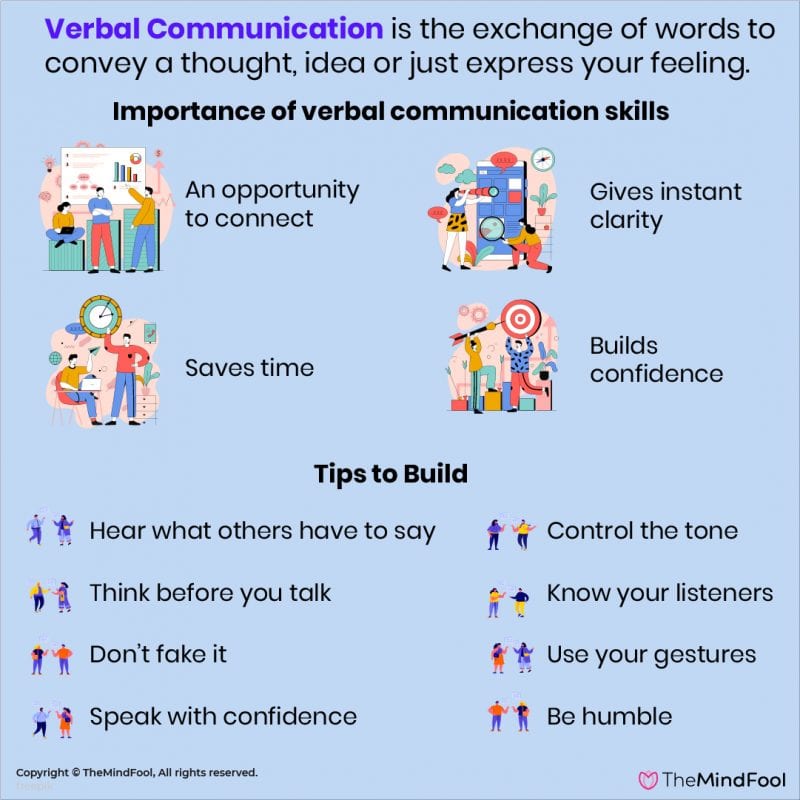

:max_bytes(150000):strip_icc()/communication-skills-list-2063779_FINAL1-5b60d4a9c9e77c00251d3de9.png)

